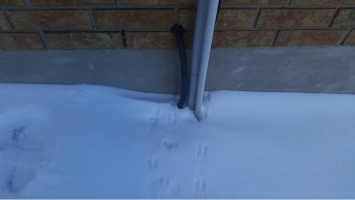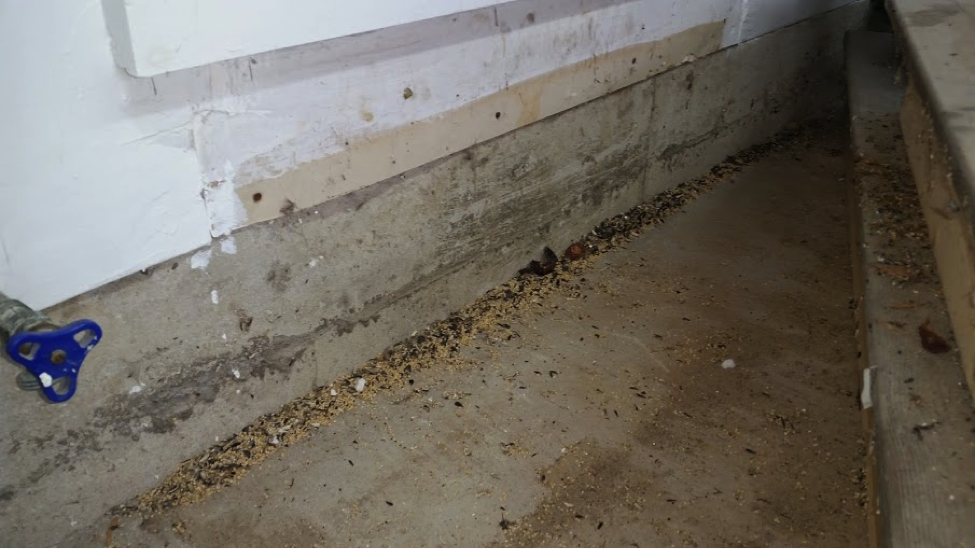This video was taken by one of our technicians during a recent attic restoration job. The sound you hear in the background is a high powered vacuum used to suck out spoiled insulation and animal waste. This video does an excellent job of showing how mice are able to survive through long and frigid winters.
During the course of the work inside this attic our team came across piles and piles of maple keys hidden inside batts of fibreglass. Mice love to eat the seeds found inside maple keys and they collect and store them during fall inside houses to help them survive winter.
Why do mice store food for winter?
Most people think that winter is the busiest time of year for wildlife control providers. They assume that cold the weather drives wildlife into warm homes and attics. While that’s partially true, the busiest time of year for phone calls and appointments is spring when most species of wildlife are looking for secure places to have and raise babies.
Mice are an exception to this rule and Skedaddle receives more calls for mice during fall and winter than we do during spring and summer. These tiny rodents mate and breed year round and become extremely active as days become shorter and the temperature drops.
Its hard mice to find food when trees are bare and the ground is covered with snow so they have to rely on the reserves they’ve stored away during fall to survive. This means lots of trips back and forth from food sources and plenty of scratching and scurrying.
For homes that have mice living in the walls and attic, more activity means increased noise and more frequent mouse sightings for homeowners and that certainly gets the phone ringing for help. If they get desperate and run out of food mice will come looking for yours – raiding pantries and cold cellars and tearing into packaging. Mice need about three grams of food to survive and drink very little water.
Common food sources for mice include:
- Bird and Garden Seed. Backyard bird feeders are a favourite food source for urban mice. All the seed that falls to the ground below is snapped up and taken back to the nest and that old bag of grass seed inside your garage could be a food source for mice living in or near your home.
- Pet Food. We often find pet food in inside attics that mice have brought there from other places.
- Garbage. All organic waste should be properly secured until and taken to the curb as close to pick up as possible.
- Nuts and Seeds. We already discussed maple keys, but any fallen seeds and nuts from trees are a mouse favourite.
Where do mice live during winter?
Mice do not hibernate and will remain active throughout winter. They will spend more time indoors during winter but venture out frequently. Mice prefer to make their home in close proximity to known food sources and usually build their nests in quiet areas that are free of human activity and predators.
The spaces behind walls and ceilings are a favourite. These are places where mice able to store food, mate and raise their young. Mice will only venture out into the open spaces of a home if they’re desperate for food.
What can you do?
If you hear or see mouse activity inside your home this winter your best bet is to call a professional. Skedaddle Humane Wildlife Control are experts in mouse removal, clean up and prevention.
Our trained technicians start by performing a thorough inspection of your home’s exterior and attic and then design a customized removal plan to keep you mouse free.
Call us today and ask about our lifetime guarantee! 1.888.592.0387
Proudly Serving: Niagara Region, Hamilton, Burlington, Oakville, Mississauga Brampton, Kitchener-Waterloo, Cambridge, Guelph, Ottawa, Sudbury, Montreal and Halifax






